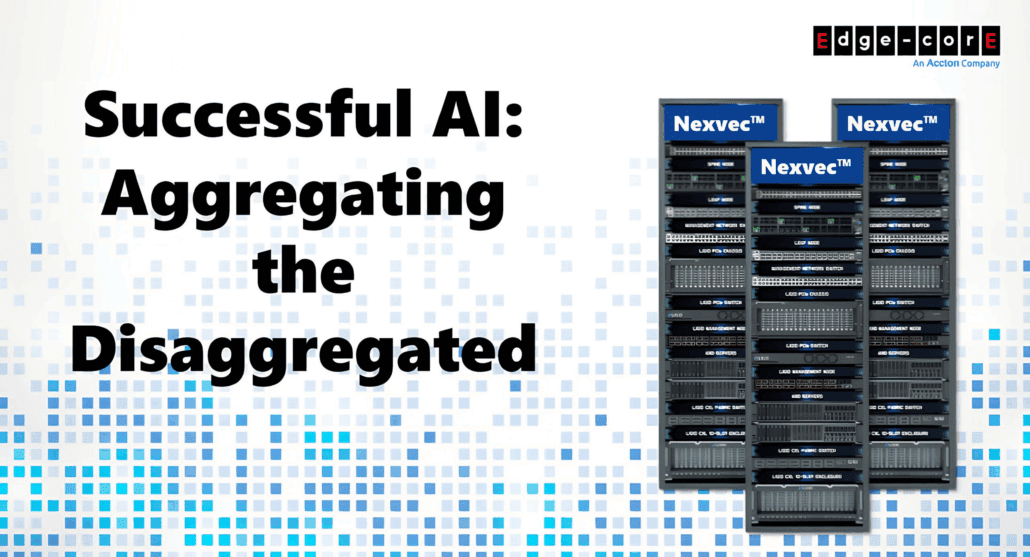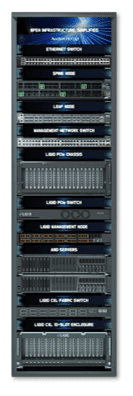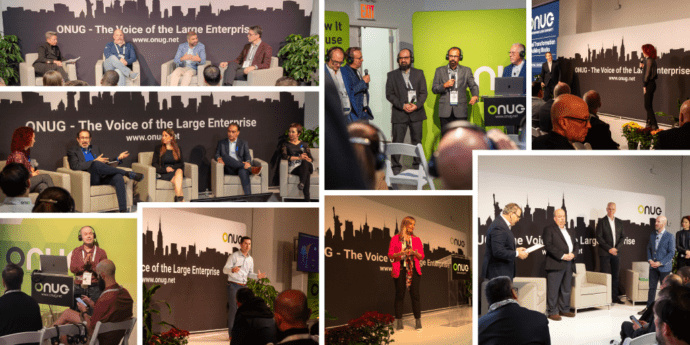
The Secret to Successful Open Infrastructure: Aggregating the Disaggregated
The introduction of production level AI has become the trigger for IT organizations to re-evaluate their entire approach to providing business services across the organization. Decades of incremental growth using proprietary technologies in networking and compute is now being parked, in favor of fresh blank-canvas approaches to IT. And for the networking practitioners, it became clear that that original promise of seamless integration and single-vendor support came at a steep price – years of vendor lock-in, limited customization, missed capabilities, and greatly inflated costs. But the winds of change are blowing through the networking landscape, and a powerful alternative has been gaining significant traction: disaggregated networking.
Two key components are driving this open infrastructure revolution: the compelling value of white box switches and the increasing adoption of open-source SONiC Network Operating System.
Exploring the Value: White Box Switches and SONiC
White box switches: Unlike traditional proprietary switches, they usually are delivered without a pre-installed operating system. This allows enterprises to choose the hardware and software that best suits their requirements, fostering competition and driving down TCO.
Enter SONiC (Software for Open Networking in the Cloud. Gone are the days of science-fair projects that demonstrated that disaggregation was possible, and we are now seeing it adopted by some of the biggest Fortune 500 companies. Why? It’s fiscally irresponsible to NOT consider SONiC, since a typical savings of HALF of that of its proprietary counterpart is very realistic.
We’ve been supplying SONiC since day-1 and have seen the discussions moving from pure technical curiosity to that of production architecture. No surprise! This open approach offers a wealth of advantages that you just don’t get with proprietary solutions:
- Vendor Independence: By running the same NOS across different white box hardware, enterprises break free from vendor lock-in and gain negotiating power.
- Flexibility and Customization: SONiC’s modular design allows for the integration of specific features and functionalities, enabling highly customized network solutions.
- Open Ecosystem and Innovation: The vibrant open-source community continuously contributes to SONiC, fostering rapid innovation and access to cutting-edge features.
- Cost Optimization: Leveraging commodity hardware and an open-source NOS can significantly reduce capital expenditure (CAPEX) compared to proprietary solutions.
Bridging the Gap: Integration Services for Enterprise Adoption
While the benefits of disaggregated networking are compelling, large enterprises often require specialized expertise to integrate these disparate components into robust, production-ready systems. This is where Integrators and solution service providers play a crucial role.
These providers offer a range of services designed to help enterprises navigate the complexities of disaggregated networking, including:
- Hardware Selection and Validation: The right white box switches based on performance, port density, and other specific requirements, and ensuring compatibility with SONiC.
- SONiC Deployment and Customization: Implementing and configuring SONiC, customizing features, and integrating it with existing network infrastructure.
- Automation and Orchestration: Developing automation scripts and integrating with orchestration platforms to streamline network operations and management.
- Testing and Validation: Rigorously testing the integrated solution to ensure performance, stability, and security before production deployment.
- Ongoing Support and Maintenance: Providing expert support, troubleshooting, and ongoing maintenance to ensure the smooth operation of the disaggregated network.
Large Enterprises Embracing the Disaggregated Future
Leading enterprises across various industries are already recognizing the transformative potential of disaggregated networking. They are leveraging white box switches, SONiC, and the expertise of integration providers to build agile, scalable, and cost-effective network infrastructures.
Consider these potential benefits realized by large organizations:
- Hyperscale Efficiency: Cloud providers and large internet companies have been early adopters, leveraging disaggregation to build massive, highly efficient data center networks.
- Enhanced Agility: The ability to choose best-of-breed components and customize the NOS allows enterprises to adapt quickly to evolving business needs and technology advancements.
- Reduced Operational Complexity: While initial integration requires expertise, automation and open APIs in SONiC can ultimately simplify network management and reduce operational expenditure (OPEX).
- Innovation at Their Own Pace: Enterprises are no longer tied to the release cycles of a single vendor, allowing them to adopt new technologies and features as they become available in the open-source community.
Conclusion: (Re-)Aggregation is the key to open networking success.
Disaggregated networking, powered by white box switches and open-source SONiC, represents a paradigm shift in how large enterprises build and manage their networks. By partnering with experienced integration providers, these Enterprise organizations can overcome the initial complexities and unlock the significant benefits of this approach – greater flexibility, cost optimization, and accelerated innovation. And as the open ecosystem continues to mature and adoption of open continues to grow, the solution providers that know how to simplify the aggregation of disaggregated components are poised to become part of the mainstream strategy for enterprises seeking to build future-proof and truly agile network infrastructures. And the same approach can be used across compute as well to realize everything needed for bite-sized chunks of AI to be deployed for business applications.

See our announcement on May 1st that discusses our new Nexvec™ solution which combines open networking with open and composable compute and layers on top a highly capable and automated orchestration and management controller to make the open experience like that of an OEM.



